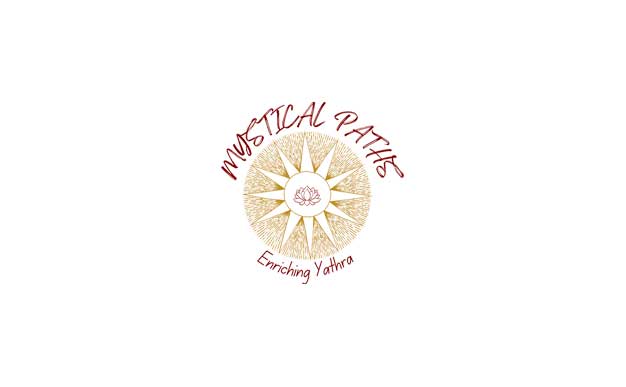Blog Details
Fruits of efforts
(Get to know some of the contributors behind the wealth of documents)
All major inscriptions and most minor inscriptions of Tamil Nadu have been recorded and published. The first volume of inscriptions came out in 1886. Called the Annual Report on epigraphy (ARE), they were published in Mysore and may be purchased from there. The accompanying letters give us glimpses of all the trouble Hultsch and his team took to collect the inscriptions at a time when entry into temples were restricted. From the 1920s, there were constant inflows of reports. Though inscriptions in other parts of India added up to the ever-increasing list, Tamil Nadu had the maximum contribution.
Descriptions of the inscriptions - place, possible date and reign of king - were appended with details. Maximum records were collected between 1920 and 1950. Since the 1980s the volumes have been getting slender. The reports were accompanied by two indices, organised state and district wise, with information on the towns and the volumes in which they could be found. The ARE reports were brief but the South Indian Inscription volumes had complete information.
The Pudukottai kings had their inscriptions independently translated and recorded in the 19th century. All these volumes may be purchased from http://asi.nic.in/asi_publ_epigraphical_ annual.asp
The State Archeological Survey, with its offices in Halls Road, Chennai, behind the Madras Museum has these volumes as well as several excellent publications and analytical works.
To understand iconography, “Elements of Hindu Iconography” by T.A. Gopinatha Rao may be referred to. “The Cholas” by Nilakanta Shastri is a classic reference material for the Chola history as are the four volumes on the Chola temples by S.R. Balasubramanian. Pallava history and temple architecture are well explained by Dr. C. Minakshi and Michael Lockwood. Pandya history and temple architecture await a single reference book. ‘Madurai Through the Ages,’ by Dr. Meenakshi is a starting point; ‘The Imperial Pandyas’ by KAN Shastri is another.
For Pandya inscriptions, it is best to go back to the ASI inscription reports and the temple/district wise volumes of the State ASI. The Thanjavur based TN Archaeological Society has been bringing out an annual collection of new inscription finds called Aavanam that is well worth a look. For bronzes, Dr. Sivaramamurti’s work is comprehensive. Besides these are several other books by scholars like R. Tirumalai that are available at the State ASI library, Egmore. One may have to search especially for collections of essays and commemoration volumes like ‘Arunmozhi edited by N. Kasinathan,’ the publications of ‘Varalatru Peravai’ of R. Nagaswamy and Kaveri (2001) ed. S Rajagopal. Select Inscriptions of Tamil Nadu by Marxia Gandhi is an excellent guide for beginners. Scholars such as Champakalakshmi, Kudavayil Balasubramanian and C. Santhalingam have published several of their collected essays.
Mention must be made of “amateur” historian N. Sethuraman, who used astronomical calculations to assign dates for our kings. His books continue to be the most reliable when it comes to dates.
(The author may be contacted at pradeepchakravarthy75 @gmail.com)
